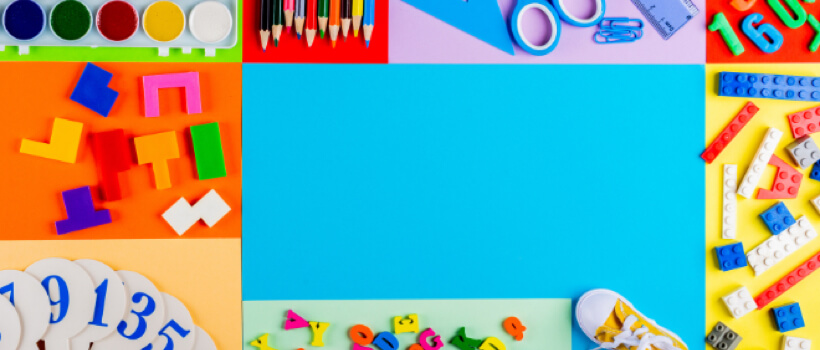 1-800-805-5783
1-800-805-5783 
Mobile applications are flooding everywhere. They are developed nowadays for anything and everything that can be made or defined as an application. Every user’s needs and queries can be projected into mobile applications. Why all this importance and stress on mobile applications alone? Smartphones have almost become an integral part of human life. There is a frenzied race amongst downloadable applications available for every purpose, as successful applications generate huge revenue. Even the most consumer-centric mobile applications may be ignored in the stifling competition they face today.
With mobile service providers and developers launching more features every season, the scope for developing appealing and user-friendly mobile applications is also exponentially growing. So how to beat the competition and stand out big? Mobile application development technology has also undergone a revolutionary change over the past few years, creating a larger scope for attractive and friendly design. The key to standing out and being considered appealing and desirable for the consumer is that the mobile applications should be designed aesthetically and usably to grab the attention of the target users and then retain it.
What influences users to choose a particular mobile application over the other?
Statistics prove that with app choices galore, users tend to use the ones made of design frameworks with the following main features embedded in them apart from a few customized features.
Apart from the parameters mentioned above, the designer should be perceptive to predict user sentiments and requirements through thorough market research. Incorporating design elements that include user emotions is the challenge of defining a mobile application’s success. The application that stands out is the one that can strike a balance between perceptions of aesthetics and usability.

Emerald Insight published an in-depth report on the aesthetics of a mobile application on perceived usefulness and trust. This report reinstates the app design fact that “ what is beautiful is good ” to a large extent.
Since users use various mobile devices and their screen sizes also vary extensively, RWD ( Responsive Web Design) is a design approach that can dynamically adjust application web pages to the mobile phone used by the user.
A case study of the ‘ travel’ mobile application
Excerpt based on science direct
A survey of 804 tourists was conducted using the ‘ User Acceptance Testing’ model to propose a ‘ Stimulus-Organism-Response’ to evaluate the Mobile Application design and App performance attributes. The result concludes that mobile travel applications are mainly defined by two design attributes: 1. The user-interface design, and 2. privacy. The performance attributes that make a mobile application stand ahead of its competitors are 1. Compatibility 2. Ease of use, and 3. Relative advantage. Furthermore, the survey reveals that the psychological and behavioral perceptions of the mobile application as good, according to the end users, are hedonic, utilitarian, and social benefits. An application for travel and tourism can be greatly enhanced by considering all the abovementioned issues.
Mobile Live Streaming Shopping (MLSS) platform design
According to the science direct “ journal of retailing and consumer services.”
This mobile application design should focus mainly on consumer streamer interaction, promoting sales conversion, and improving consumer satisfaction. According to this study, the elements of mobile application design are rules that can convey a positive message to the user and, at the same time, influence the consumer’s attitude and behavioral intentions towards the application. When groomed well and incorporated into the design, this aspect is “ understanding consumer perception from a microscopic and multifaceted perspective.”
How to affect the user’s mobile application download intention?
Abstract from Association of Information Systems: AISeL
When several apps are available for a single functionality, the user’s download intent depends on the user’s personality and age group. Though the application’s aesthetics play an important role often, the age group and the intended target user’s personality might play a significant role compared to app attractiveness. Switching cost, which is defined as the user’s ability to opt for another application substitute, might also depend on reviews and ratings rather than Application design alone.
Conclusion
Visual aesthetics plays an important role in increasing the user’s download intent. Since the visual aesthetics of a Mobile application is a design blend of cleanliness, color, hue, symmetry, ease of navigation, creativity, special effects, etc. Mobile application designers should come out with unique solutions customized to the utilitarian needs of the application to make the application stand out. Design parameters have to be manipulated so that the look and feel of the application strike a balance between the personality of the user who wishes to use the application and the attractiveness of the application.
Tags: design, mobile app design